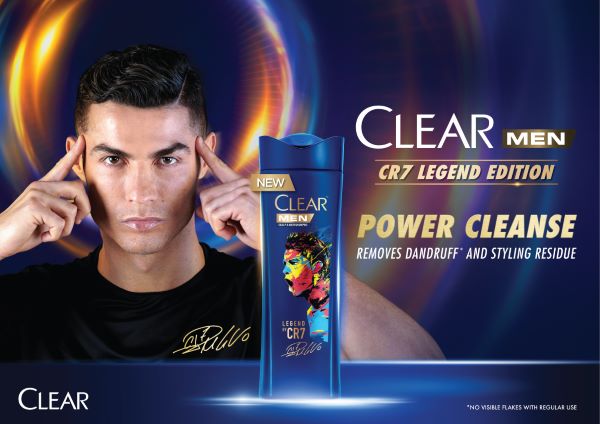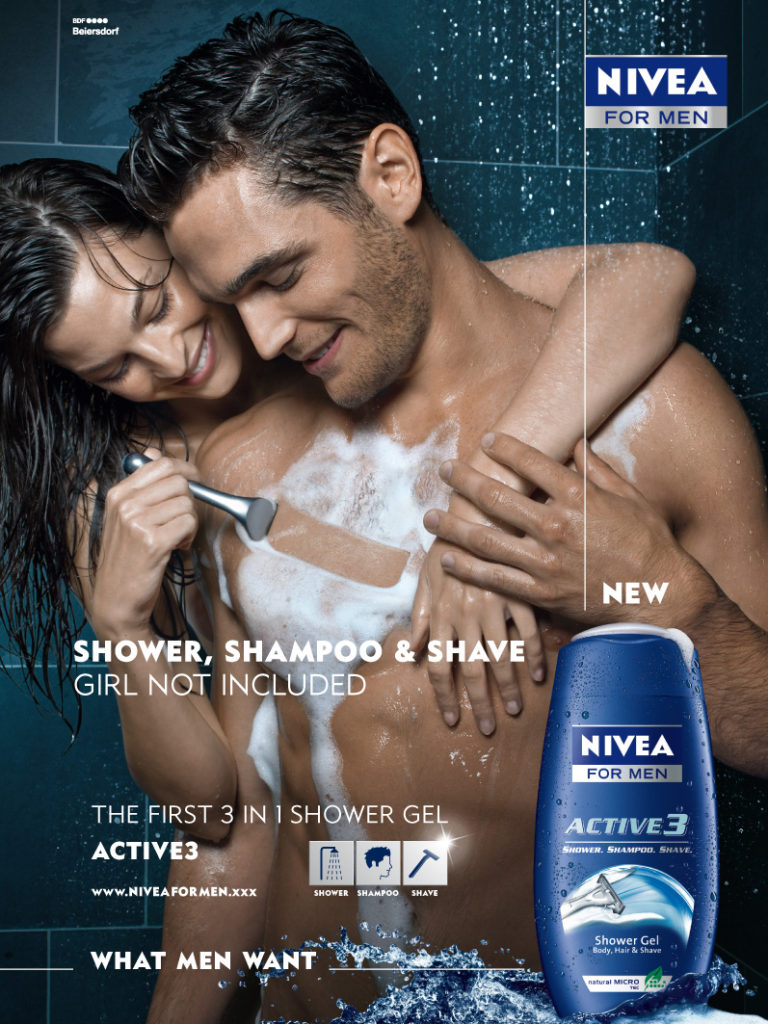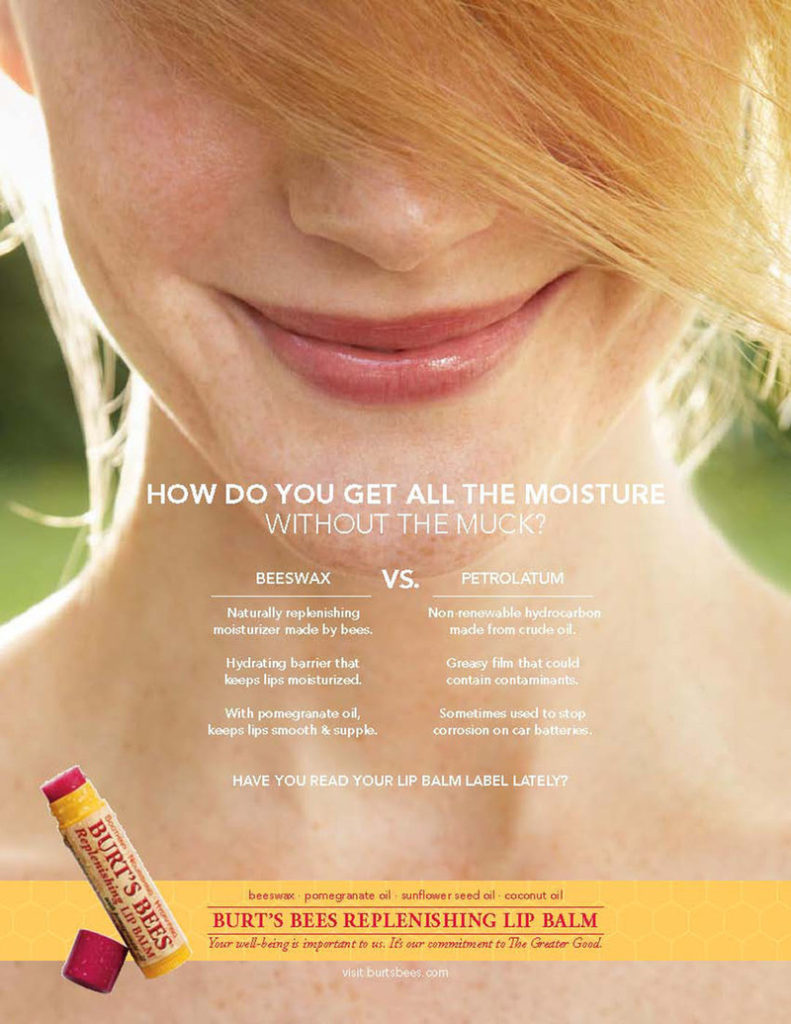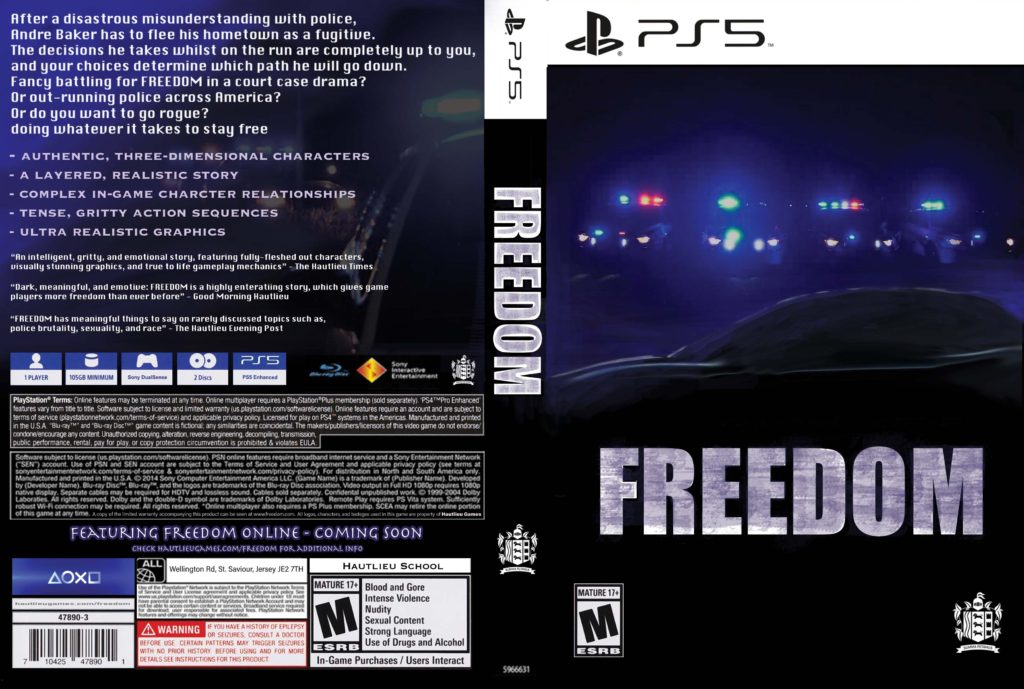In this essay I will be discussing the reactionary representation of the video games, Tomb Raider and Metroid. I wish to apply a semiotic analysis to both games and thereby present the study of signs and their impact on how we consume the games, characters and their actions.
In ‘Lara Croft- Tomb Raider’, the dominant signifier, Lara Croft’s image on the front cover directly determines the way the audience will interoperate her. Her reactionary body shape communicates a highly sexualized design to appeal to straight men, who statistically are most likely to play games that include a sexualized female lead. The implication of voyeurism in games including exposed and venerable female characters, rockets product sales. Laura Mulvey said “The ‘male gaze’ is something that sexualizes women by empowering men and objectifying women. It could be argued that Lara Croft defies these stereotypes by embracing the main hero in this storyline but the use of her tight, radical outfit accentuating her thin figure could further empower men in believing they can dominate and overpower a female physically, furthermore, advancing the ideal of negative misogyny. Ferdinand De Saussure’s ideology is still portrayed in today’s world with the idea of the signifier, being the object itself and signified, being the meaning of the object, relates with her depiction of the guns she holds, which is Linking previously to the topic of the dominant signifier herself, contradicting the radical proposition of women being inferior and venerable, as she’s positioned holding guns ‘ready for attack’, Which is not conventionally the image a women would withhold in a game that involves dangerous situations without a male to come and save her. She is not in the usual ‘damsel in distress’ circumstance, she is the ‘hero’. Linking to the ideology of Propp’s theory. The fact she is the main signifier to a male dominated played game is radical as it goes against the patriarchal society, but equally argues that she is used in a dismissive and sexist manner in order to make the game more enjoyable to straight men.
In addition, from the patriarchal depiction that Lara croft implies, the age rating of this game, which is 12, can be discussed in a range of opinions. The unrealistic rendition of the character holding and using guns regularly implies a violent aesthetic to the game, which means that the young video game players who are an impressionable demographic, are exposed to the usage of guns, which could harm these susceptible youth gamers. The reality of depicting a female in this way which is radical and sexualized additionally progresses a stereotypical and unconventional picture in young players minds giving them a damaging and sexist image of a women.
Metroid translates a positive depiction of femininity. The first interpretation of Metroid the cover is generally stereotypically targeted towards boys, but under further research the dominant signifier appears as a female, which positively reveals that the game makers are promoting a non-gender specific target audience.
The Metroid cover contains a dominant signifier, main image of a female character who is Samus Aran disguised as a robotic figure Metroid, links to themes of science fiction, robotics and combat. The symbolic signifier of the white, smoke-like effect paired with Metroid, the dominant signifier, connotes an aesthetic of independence the character has on her own. The Metroid character is commonly most associated with more masculine themes and would stereotypically be depicted as a male. Evidently, this character counteracts this stereotypical representation, demonstrating a radical presentation. Toril Moi’s analysis of the distinction between female, feminine, feminist categories of representation in 1987 as the build of the protagonist appears muscular and broad which are characteristics which have been collectively recognized as masculine. The subject of Countertypes not reflecting the real world, this reflects the quote – “what often gets lost in the exhausting, furious online discourse around representation is real-world experience” from an article: ‘Why diversity matters in the modern video games industry’. Along with representation of gender, the concept can relate to a lack of representation of different identities such as someone’s race, sexuality, ethnicity and personal background. The industry’s lack of realistic representation of women, it also lacks diversity. However, at the end of the game, Samus Aran is revealed to be wearing a blue body suit, in which her body is majorly exaggerated and enhanced, linking to the radical representation of Lara croft, furthermore, representing the sexualization of women in the video game industry. Presenting an idealistic and non-realistic body type. This refreshing presentation of a women with an alter ego of this male dominated and stereotypical robot is snatched away and the game, linking into the archaic ways of appealing to the Male Gaze as a sales strategy.
To conclude the summaries of both ‘Lara Croft, Tomb Raider’ and ‘Metroid’ both include signifiers relating to power, strength, misogyny and masculinity which are juxtaposed using two female characters. Even though these characters create a strong, independent figure for Younger female players to aspire to, the radical representations of their bodies represents the characters as sexual objects for male pleasure which is not a positive aspiration.The common utilization of women in media being included as profit-makers, according to Jean Kilbourne on her observations of women in advertising does not ‘directly cause violence against women but they normalize a dangerous attitude’ which births the problems of gender discrimination- Quote from her TED X conversation. The overall image of females and their body in media specifically the video game Industry is negative and needs to be improved due to the unrealistic portrayal of the female body, which negatively encourages and teachers young impressionable girls what their body should look like, and how they should present themselves to please Men.















